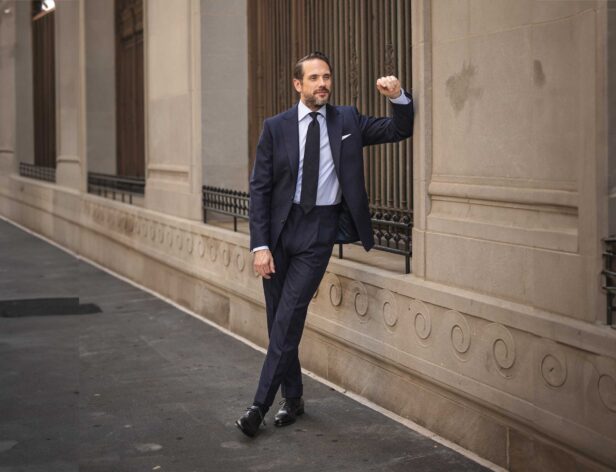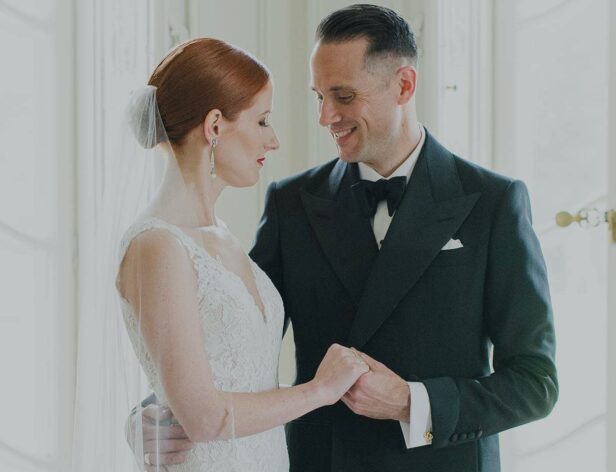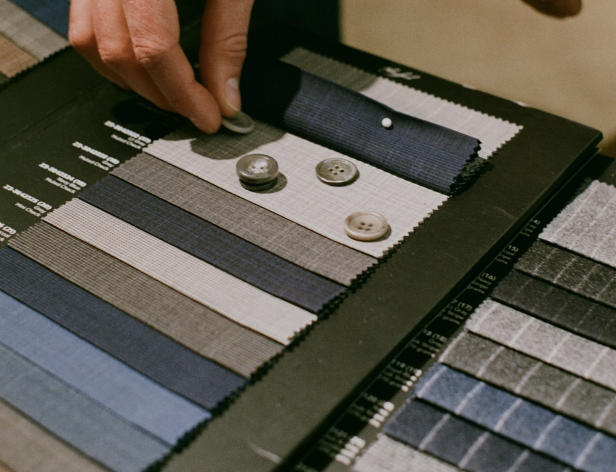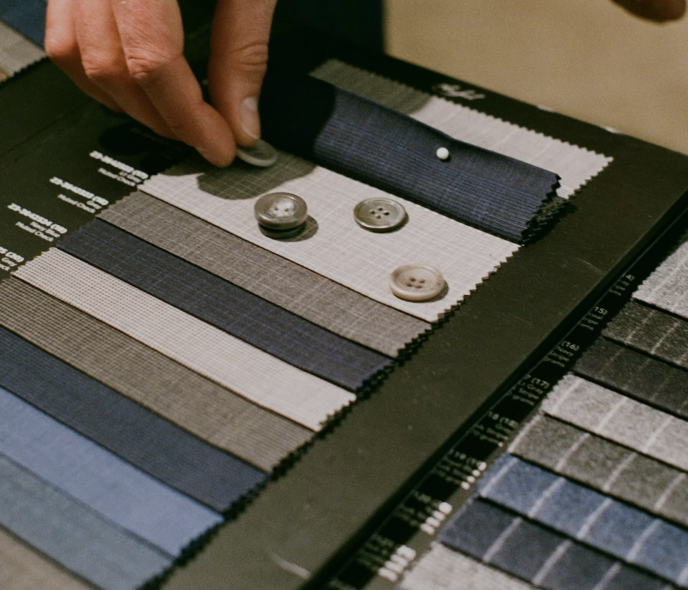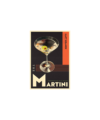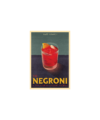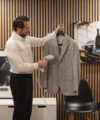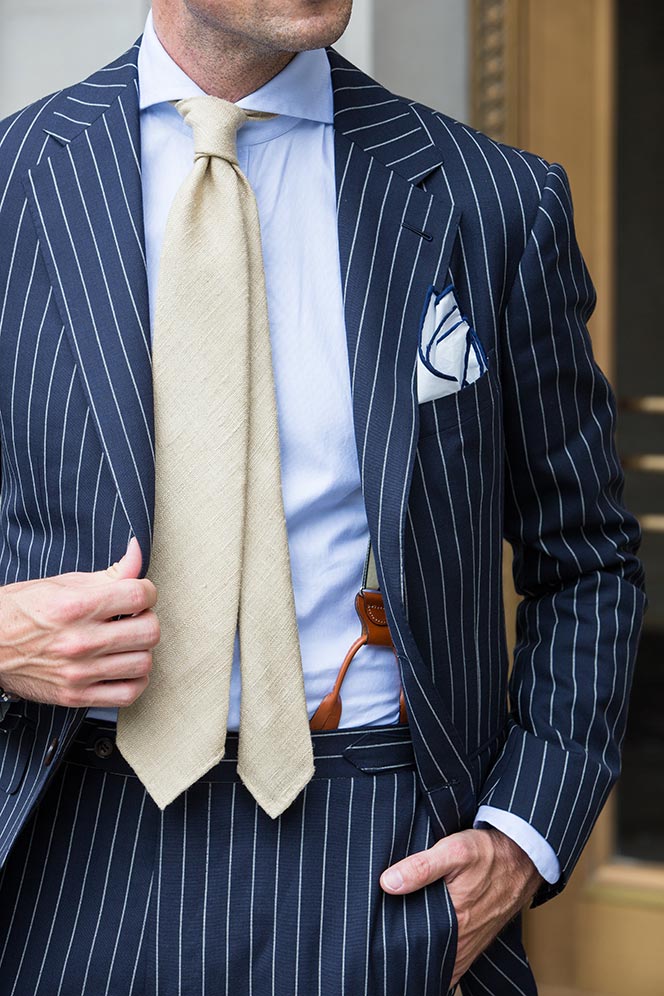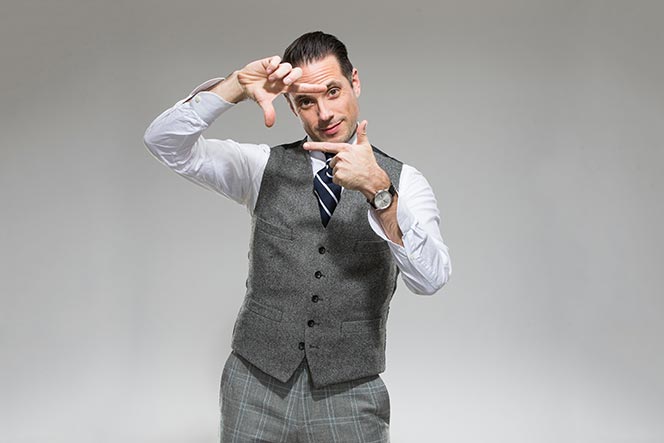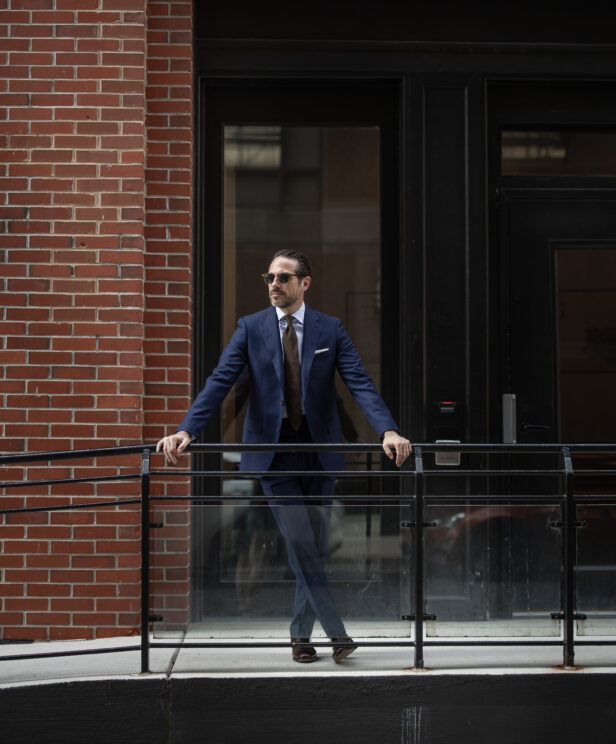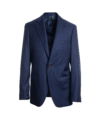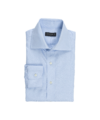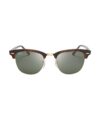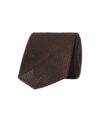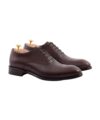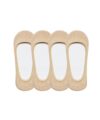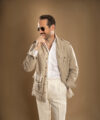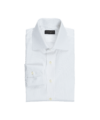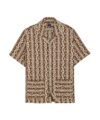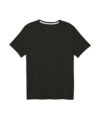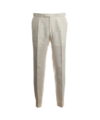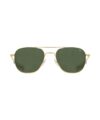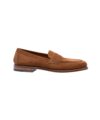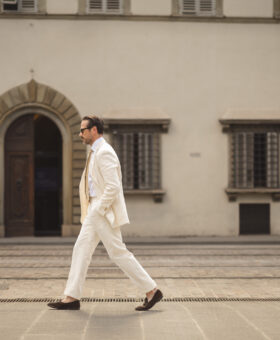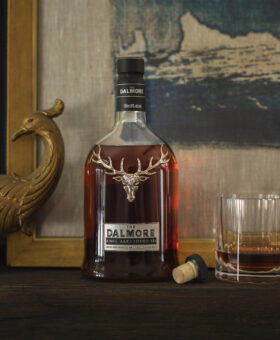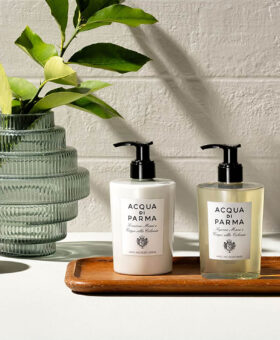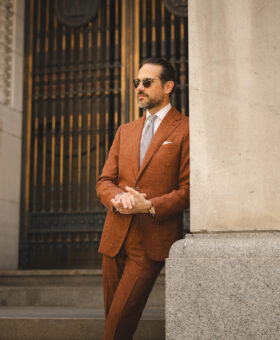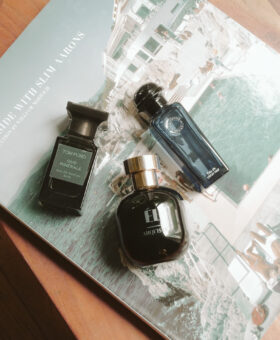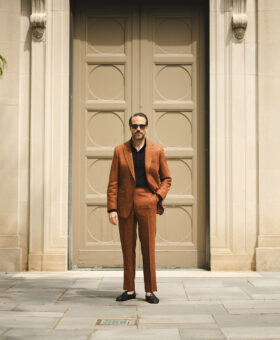

Share
Pinstripe is one of those patterns that, honestly, doesn’t need a ton of explanation – it’s quite simply a series of evenly spaced stripes that are characteristically skinny – ‘pin’ skinny, if you will. Simple enough!
Moreover, there isn’t necessarily any sort of fascinating or even really identifiable history to the pattern – stripes have been used for about as long as fabrics have existed, and even the particularly thin lines of pinstriping can’t be associated with any specific textile movement.
That said, there is still an interesting discussion to be had. For one, there’s an ongoing disagreement among style historians as to how the pattern found it’s way into classic men’s style, specifically suiting.

Some claim that it was through banking uniforms, with different banks creating slightly different styles of striping to identify their employees. Others attribute it to the long-standing (and current) trend of adapting sporting attire into everyday wear, looking specifically to the boating uniforms of the 1800s.
Which brings up another interesting aspect of pinstriping – the colors used. Technically, pinstripes and their backing fabrics can be any color, and still be called pinstripes. However, there are two traditional motifs used in men’s fashion.
| BRIAN WEARS | Knot Standard suit, Al Bazar shirt, Drake’s tie, Brooks Brothers suspenders | PHOTOGRAPHY | by Rob McIver Photo
The first is light stripes on a dark backing – which is, sure enough, often seen as the epitome of business-formal style (ahoy, bankers!). The second, dark stripes over a light background, can be traced back to that sporting origin story – look at baseball uniforms, like the Chicago Cubs. (Fun fact – the Cubs have been credited as the first professional baseball team to incorporate pinstripes into their uniforms, after which countless teams followed suit).
With all that in mind, it makes sense that today, darker fabrics with light stripes remain more formal, often used in business suits and more formal neckwear – think somber and respectable. Likewise, light fabrics with dark stripes have remained characteristically casual, often seen on cotton blazers, exuding a laid-back dandy image characteristic of summer cocktail parties and horse racing attire.
These days, pinstripes remain ubiquitous and firmly entrenched in the canon of classic menswear patterns. It’s one you see everywhere, but probably often don’t even notice. In fact, the strength of pinstripe is precisely that – its versatility and subtlety. Whether it’s a structured, dark three-piece suit or the lining to your favorite bomber, it’s a look that will often complement and never offend!
Thanks for reading.
Stylishly Yours,
Adam Lehman
He Spoke Style
Menswear history buff? Read more of our Style Defined series and explore the Glossary.
